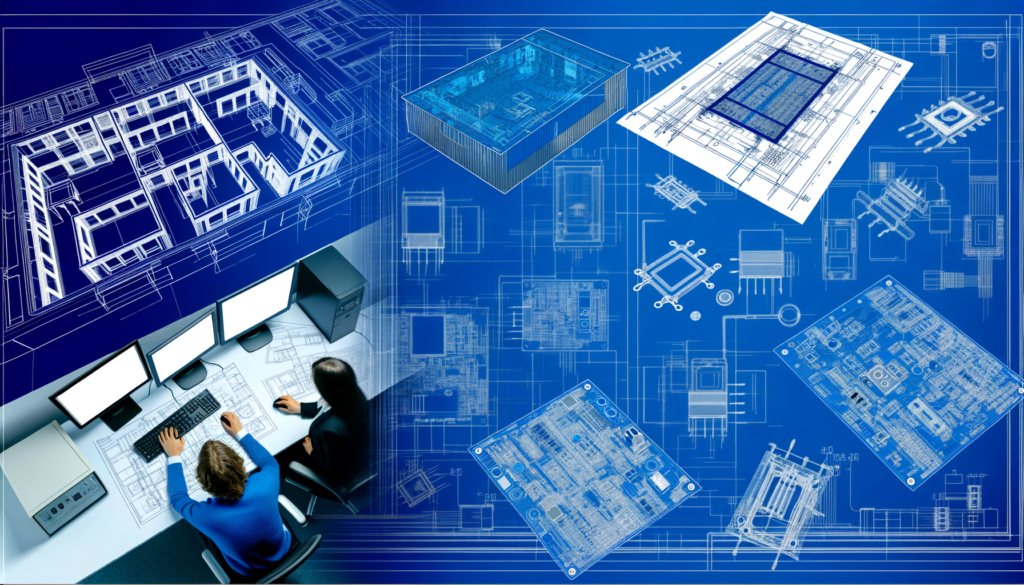Designing electrical systems for commercial buildings requires careful planning and consideration of various factors to ensure efficiency, safety, and compliance with building codes and regulations. Electrical systems in commercial buildings typically include power distribution, lighting, heating, ventilation, and air conditioning (HVAC), fire alarm and emergency systems, and telecommunications infrastructure.
Load Calculation
The first step in designing an electrical system for a commercial building is to calculate the estimated electrical load. This involves determining the amount of power that will be required to operate all the electrical equipment and appliances in the building. The load calculation will help determine the size and capacity of the electrical service, distribution panels, and wiring.
Code Compliance
It is essential to ensure that the electrical system design complies with all relevant building codes and regulations. Building codes dictate the minimum safety standards for electrical systems, including the type and size of wiring, installation methods, grounding requirements, and equipment ratings. Compliance with codes is critical to protecting the occupants of the building and reducing the risk of electrical hazards.
Power Distribution
The power distribution system in a commercial building typically includes a main electrical service entrance, distribution panels, and branch circuits. The main service entrance connects the building to the utility grid and provides the primary source of power. Distribution panels distribute power to various areas of the building through branch circuits, which supply power to individual outlets, lights, and equipment.
Lighting Design
Proper lighting design is essential for creating a safe and comfortable environment in a commercial building. The lighting system should be designed to provide adequate illumination for tasks, enhance the aesthetic appeal of the space, and minimize energy consumption. Energy-efficient lighting fixtures, daylight harvesting controls, and occupancy sensors can help reduce energy costs and environmental impact.
Emergency Systems
Commercial buildings are required to have emergency lighting, fire alarm systems, and other emergency systems to protect occupants in the event of a power outage or fire. Emergency lighting provides illumination in hallways, stairwells, and emergency exits during power failures, allowing occupants to safely evacuate the building. Fire alarm systems detect smoke and fire and alert building occupants to evacuate or take appropriate action.
Telecommunications Infrastructure
Commercial buildings require a robust telecommunications infrastructure to support the communication needs of tenants, employees, and visitors. The infrastructure includes cabling, network equipment, and telecommunications rooms to support telephone, internet, and data services. Providing ample capacity and flexibility in the telecommunications infrastructure is essential for accommodating future technology upgrades and expansions.
In conclusion, designing electrical systems for commercial buildings requires thorough planning, expertise, and attention to detail to ensure the safety, efficiency, and functionality of the building. By following best practices and complying with building codes and regulations, designers can create electrical systems that meet the needs of building occupants and support the smooth operation of businesses and organizations.

